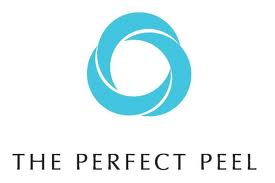Chemical peels are the most ancient form of skin rejuvenation. For thousands of years, topical agents have been applied to the skin for an exfoliative effect. Chemical peels have evolved considerably in the past few decades as many different levels of penetration and exfoliation exist based on the agents in the formulations and their concentration.
Chemical peels have evolved into three basic levels of skin penetration which affects the result and the amount of recovery. Superficial peels, like glycolic acid and alpha-hydroxyacids, have a light effect with minimal recovery and are administered by aestheticians in a variety of clinical settings. Medium-depth peels, like trichloroacetic acid (TCA), produce more significant results but have longer recoveries particularly in the 25% and 35% strengths. These may be administered by physicians or aestheticians. Deep peels using phenol are physician administered peels that produce profound skin changes but with weeks of recovery.
In an almost linear relationship, the deeper the chemical peel the greater is the discomfort to undergo it. Similarly, deeper penetrating peels are associated with increased risks of skin burns and pigmentary changes. As the old motto goes, the greater the pain the greater the gain.


In this new chemical peel paradigm, the VI and Perfect Peels offer exciting and advanced skin rejuvenation treatments. Since they can safely be applied by aestheticians in an office setting, they can have widespread use at a reasonable cost compared to more expensive laser treatments. Since the Perfect Peel has additional agents in its formulation that helps control the potential for hyperpigmentation, some have touted it as the superior choice. I would recommend that you try both and do your own comparison. You will be impressed with both the ease of the peeling experience and the skin results
Dr. Barry Eppley
Indianapolis, Indiana


